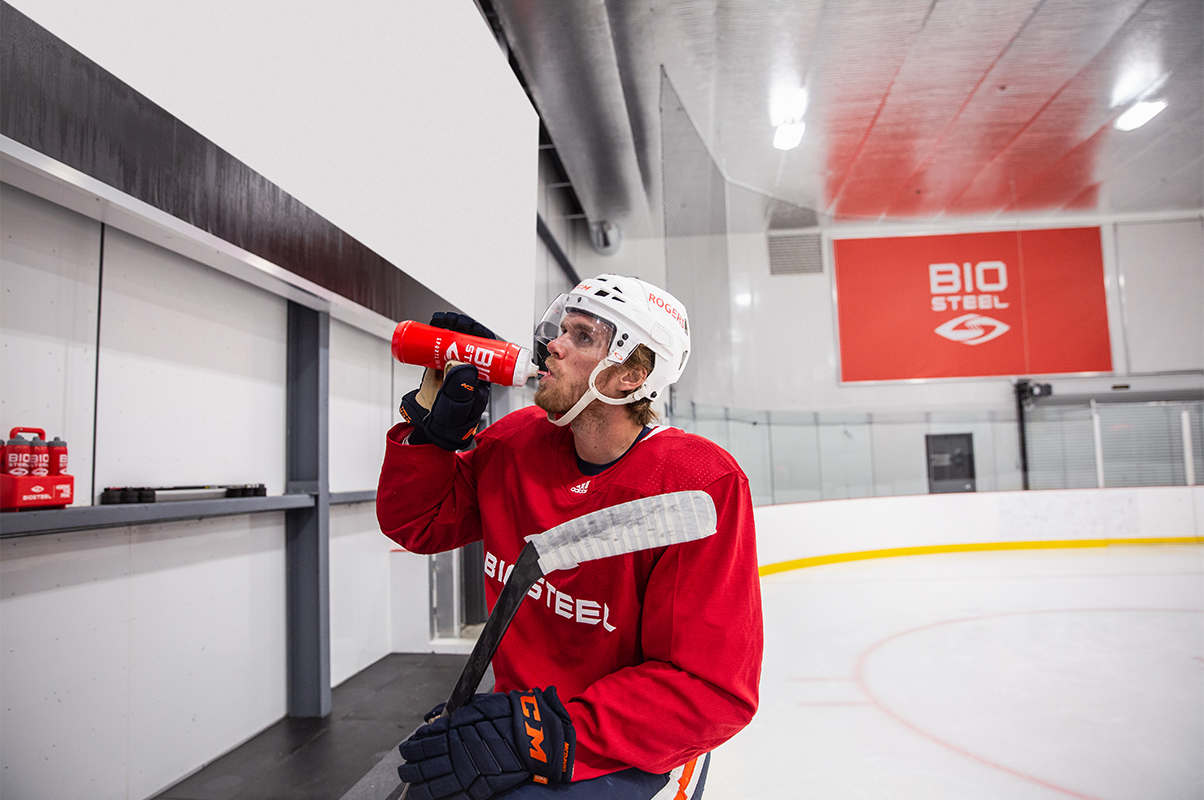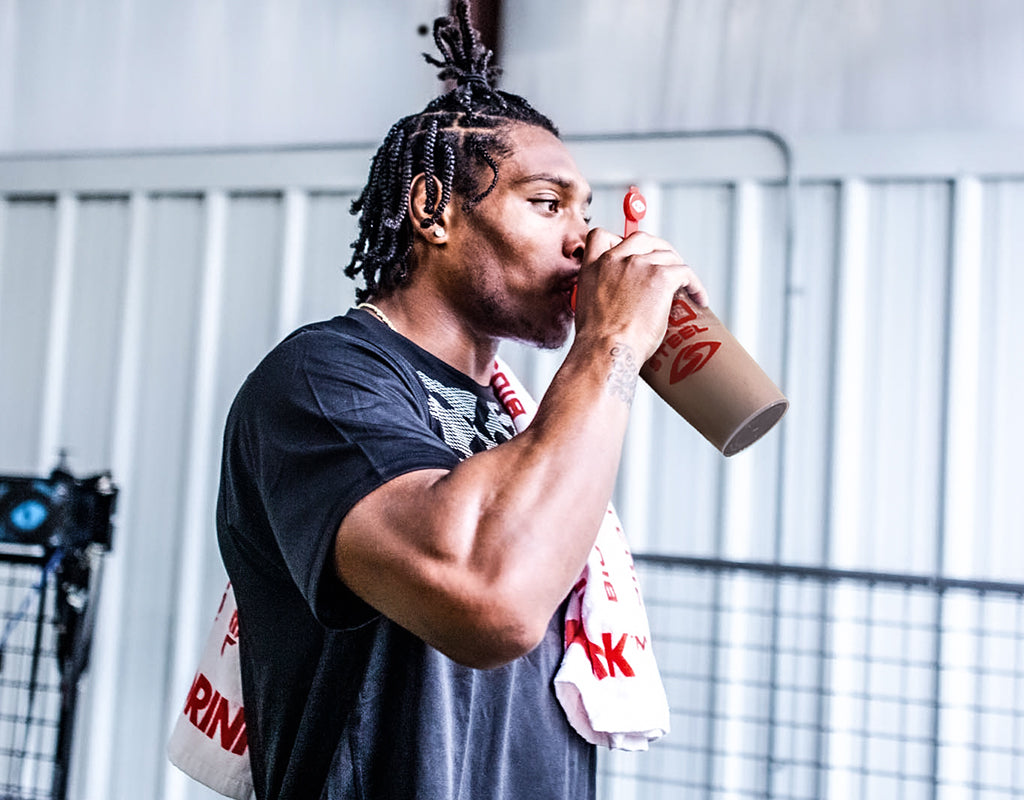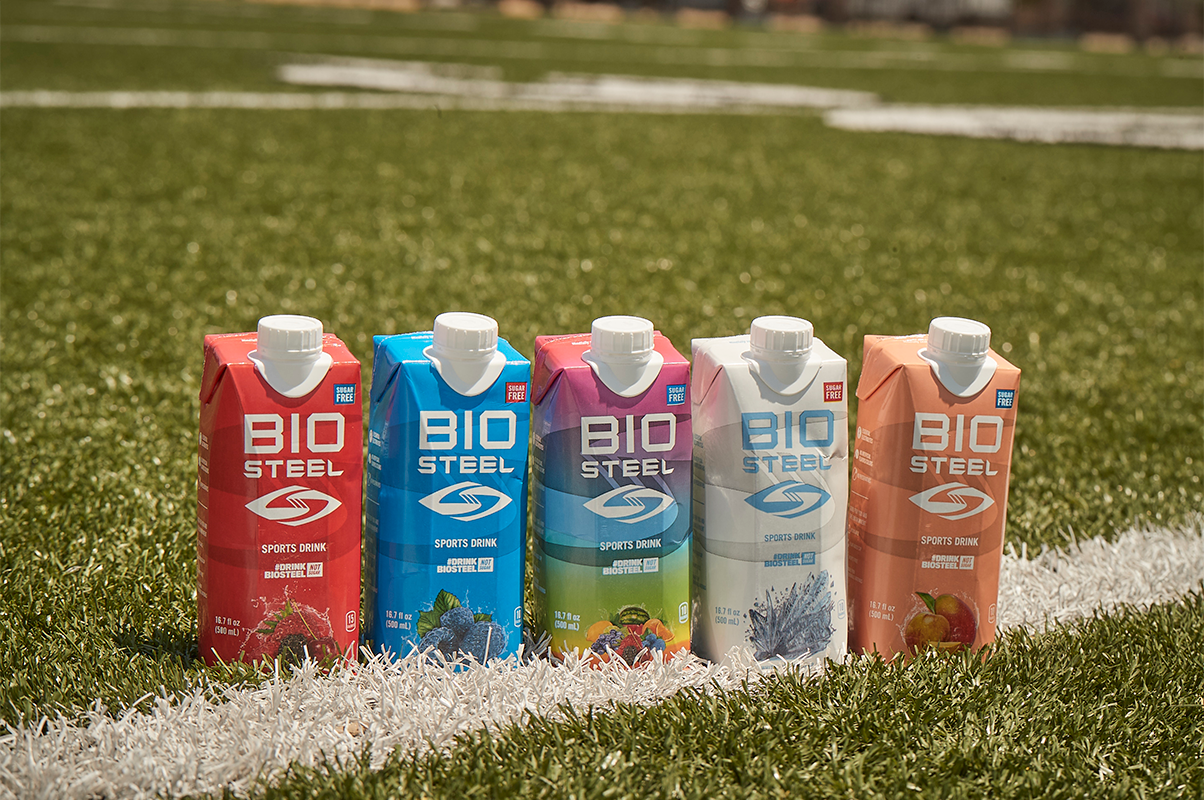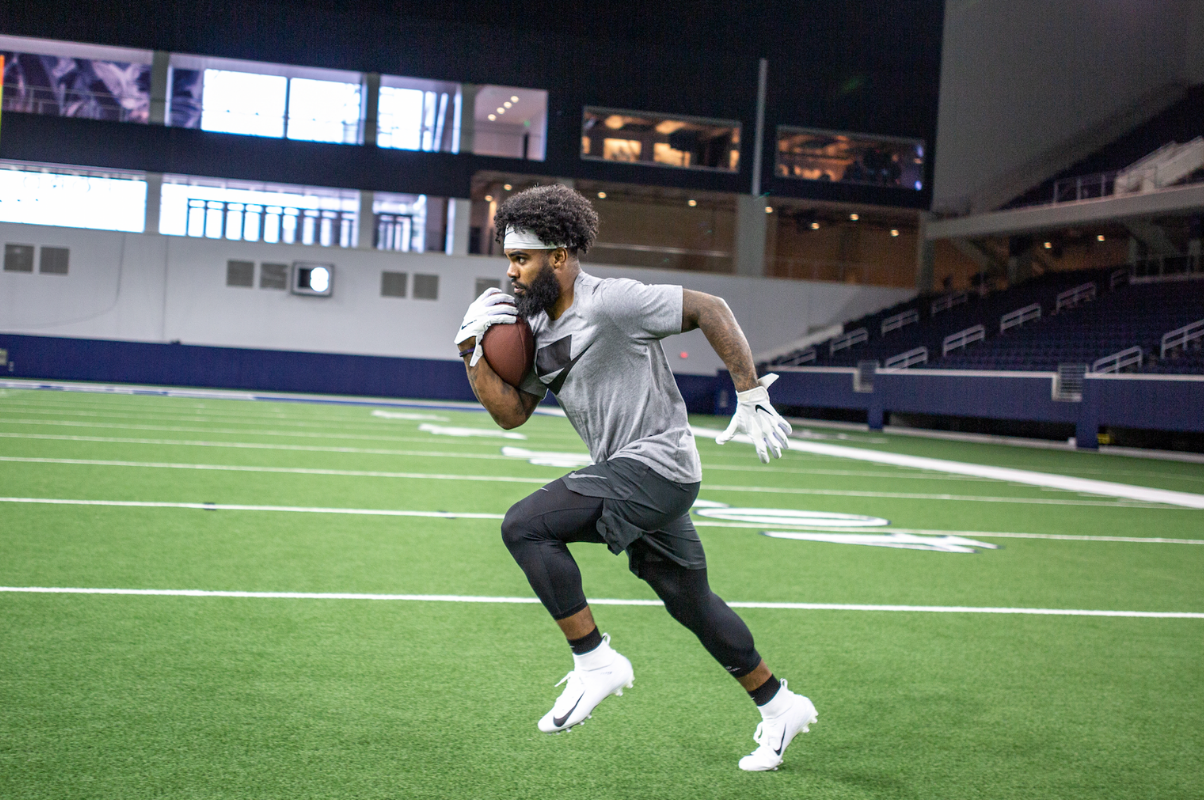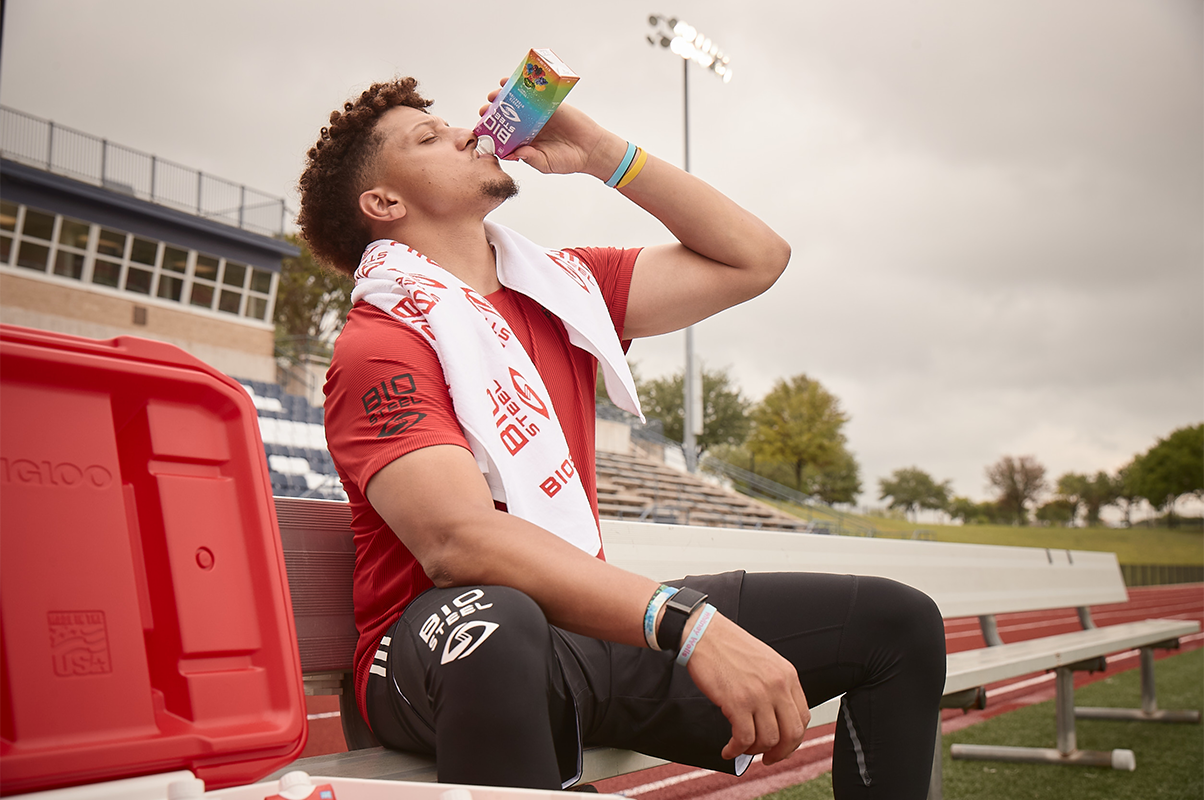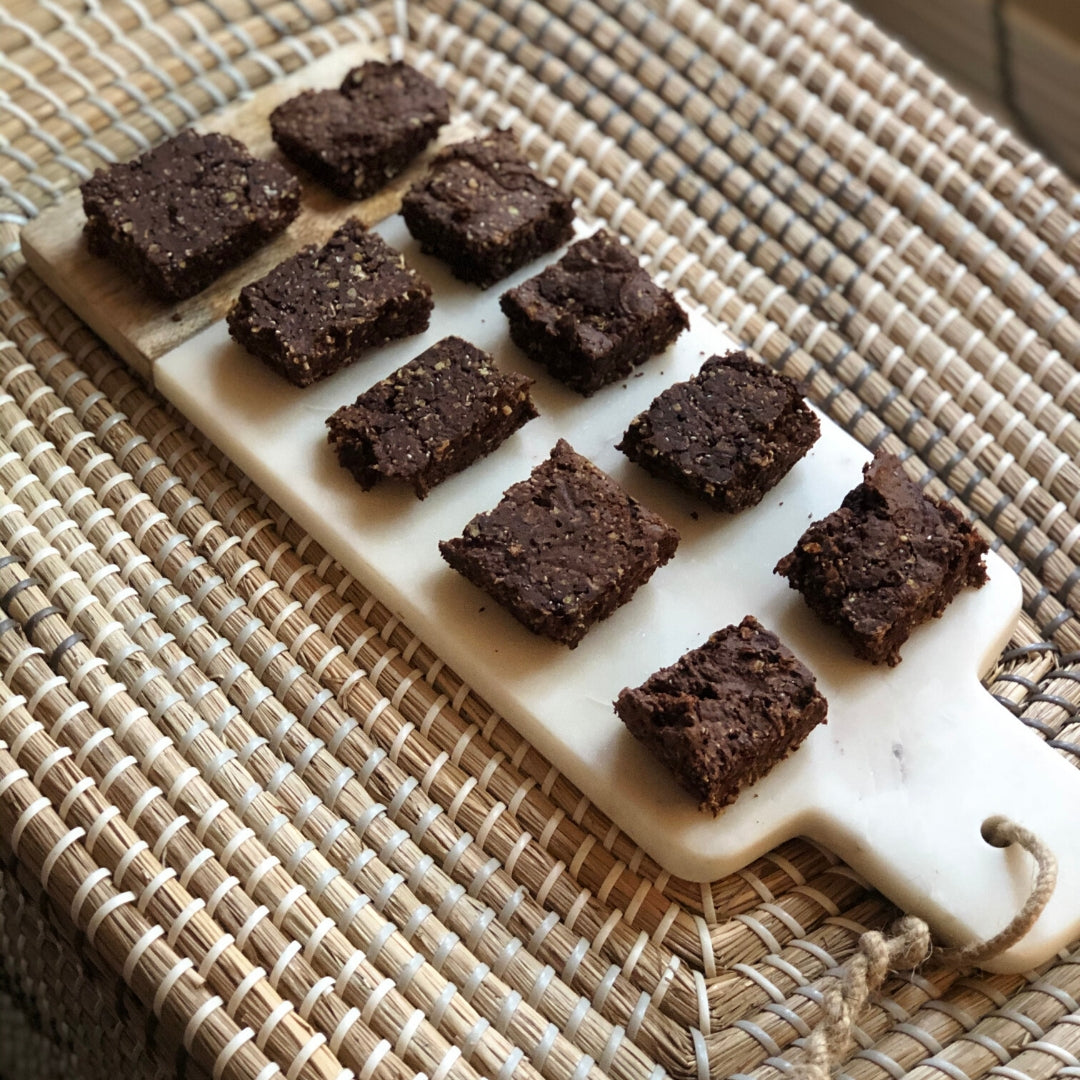What Are the Signs of Dehydration?
By: Matt Price – Strength and Conditioning Coach, LA Kings, NHL
Dehydration can occur when the body does not have as much water as it needs to function properly. It is normal to lose a certain amount of water each day by sweating, breathing, and using the washroom. Typically the body is able to replace the lost water by drinking fluids and eating foods that contain water, however if too much water is lost, or you aren’t eating or drinking enough, its possible to become dehydrated.
Since hydration status is so critical to health and performance, athletes and coaches attempt to monitor hydration status in several ways. While sports scientists may use objective methods such as Urine Specific Gravity tools or Bioelectrical Impedance devices, there are a few simple, great ways to monitor your own hydration status on the go.
Here are five signs and symptoms of dehydration and the pros and cons to each way of monitoring hydration status:
-
Urine: A sign of good hydration is a very faint to clear colored urine. Dark yellow or brown urine is a sign that you are very dehydrated and need to get liquids asap.
- Pros: Simple, visual.
- Cons: Occasionally misleading based on diet
-
Body Weight: Weighing yourself before and after a workout is an excellent indicator of how much water has been lost through sweat and water vapor from your breath. Be sure to weigh in with as little clothing as possible and strip as much wet clothing off before weighing out.
- Pros: Can be very accurate for inter workout recovery
- Cons: Reactive
-
Thirst: While this is the most obvious sign your body needs water, it is also the least impactful if your goal is to maintain optimal health and performance. The drive to drink water through thirst messaging to the brain is well into a status where performance has been severely compromised. Do not ignore your thirst and do not wait for it!
- Pros: Very accurate!
- Cons: Too late!
-
Intake Tracking: Tracking how much fluid you intake can increase awareness and improve your hydration status. Track empty bottles, ticks on a paper, or use smart phone apps to help keep a tally!
- Pros: Conscientious of taking in too little and can adjust. Proactive.
- Cons: Intake does not equal retention.
-
Fluid intake
- During the day, aim to drink about a half ounce of water per pound of body weight. So, a 180lbs man would drink 90oz (2.5-3.0 liters) of liquid throughout the day. Post workout or competition, athletes should replace 1.5x the amount of weight lost in water. Athletes will commonly lose 2-3lbs of water during a workout, practice, or game (if not much more!). An athlete who weighs out post practice and is 2lbs lighter should drink 3lbs of water (3 500ml bottles) over the next 1-2hrs.
While pure water is a great option, an engineered product like BioSteel Sports Drink is designed to optimize fluid intake (taste!) and retention (electrolytes).
Matt Price - Head Strength & Conditioning Coach, Los Angeles Kings
Matt Price brings a no-nonsense, no excuses attitude to hockey’s Hollywood team, the Kings. As the strength and conditioning coach for the LA Kings, Price’s job is to have the players as durable and resilient as possible. With a masters in kinesiology and a background in hockey himself, Price got his first big break with Canada’s alpine ski team in 2007 and has been with the Kings since 2014.
